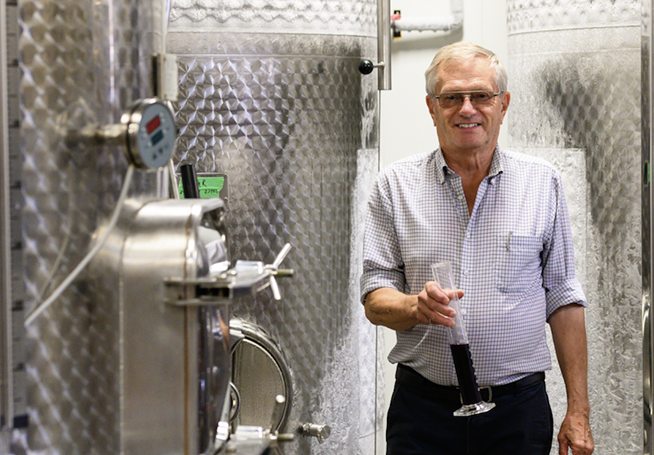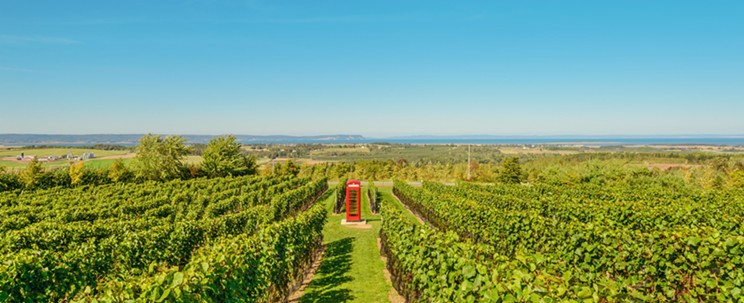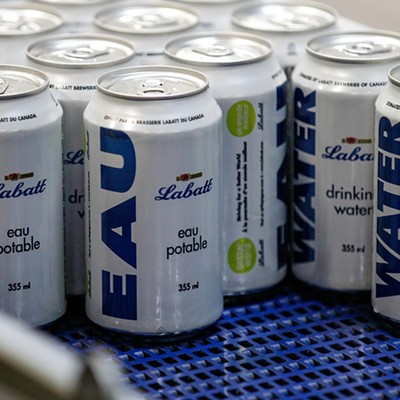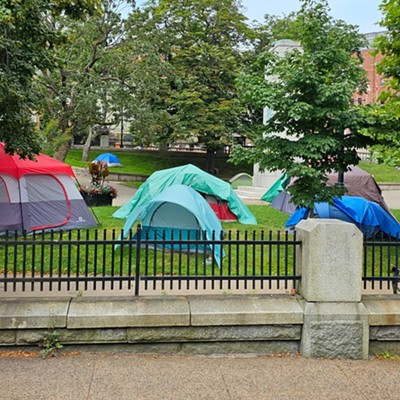It’s never a great look when the provincial government decides to release the amount of money it spent on an initiative—that it presumably thought was a decent idea to begin with—because the figure “was going to come out in public accounts anyway.”
But that’s exactly what finance minister Allan MacMaster did when he announced earlier this month that the province spent $1.2 million on a controversial wine subsidy program that helped two commercial wine-bottling companies import cheaper grape juice and push local wine producers off the shelves at the NSLC.
It was a move that rocked the local winemaking community and because of their collective pressure, it seems that the province is walking the program back. For now.
John McLarty owns and operates Planters Ridge Winery—an artisanal winery located in Port Williams, NS—and was in the meeting on January 5 when government officials told vintners that they were planning on subsidizing the commercial bottlers. A move that—if it were to go forward—would, in McLarty’s opinion, devastate the Nova Scotia wine industry.
“We were being asked to compete against these commercial bottlers who are bringing in wine from Australia, Argentina or Chile at 50 cents per litre,” explains McLarty via phone to The Coast. “And when you factor in bottling and labels, you’re looking at a cost of about $3 per bottle in raw cost.”
The import of cheap wine—which is subsidized by the origin country’s agricultural department—means that commercial bottlers are already seeing a pretty significant profit per bottle, before any extra funding from the province.
Let’s do the very basic math: A bottle of wine costs them about $3 to import, bottle and label. That bottle is then sold at the NSLC for $16 on average. That’s about $13 in profit for the bottlers. And McLarty says the government’s new subsidy would hand them an additional $5 in profit per bottle for doing…absolutely nothing new.
“They would get more money and be investing nothing; they employ very few people and there’s no effect on the tourism industry,” McLarty says. “All it does is make it an even more unlevel playing field.”
McLarty and other local winemakers say that a better option for increasing wine profit would be to make commercial bottlers increase the price of their wine—even by just a few dollars—because they have plenty of pricing room to do so.

“What they want to do instead is use yours and my tax dollars to subsidize their profit and that’s what’s really wrong,” says McLarty. “The commercial bottlers are not investing in Nova Scotia wines and they have no intention of investing in Nova Scotia wines.”
After that January 5 meeting and despite the winemaker’s legitimate concerns, the province pushed forward with the program. But thanks to public pressure, premier Tim Houston halted it after only two months—and $1.2 million spent.
McLarty is quick to point out that these were the slowest months of the year for wine sales in the province, so that $1.2 million is as low as it’s going to be throughout the year. The amount of money would doubtless have skyrocketed moving into the summer months.
“If this were to have gone on, the government would have been subsidizing those two particular bottlers to the tune of somewhere between six- and 12-million dollars per year,” says McLarty. “And one thing that wasn’t publicized enough was that this is open-ended; there was no limit on the number of bottlers that could apply for this subsidy.”
That would make this province a mighty attractive place for foreign bottlers to move their businesses into and grab that subsidy.
“Given how ludicrous the subsidy was, I would say that we would be out of business in between one and three years,” said McLarty. “It would devastate everything that we have created over the last 25 years.”
Today, Nova Scotia boasts about 1,500 acres of grapes that provide thousands of jobs. The wineries also form the cornerstone of tourism in the Annapolis Valley, keeping the restaurants and hotels booked throughout the summer months. McLarty says that would all disappear if this subsidy were to be reinstated.
“I will give credit to Tim Houston because with the pressure we exerted, he did pause the program and there is a working group happening now between different government departments and our winery and grape growers associations,” said McLarty. “Together we’re having reports generated to evaluate the economic impact of what we’re doing and to find a way forward that works for everyone.”
Only time will tell.
















